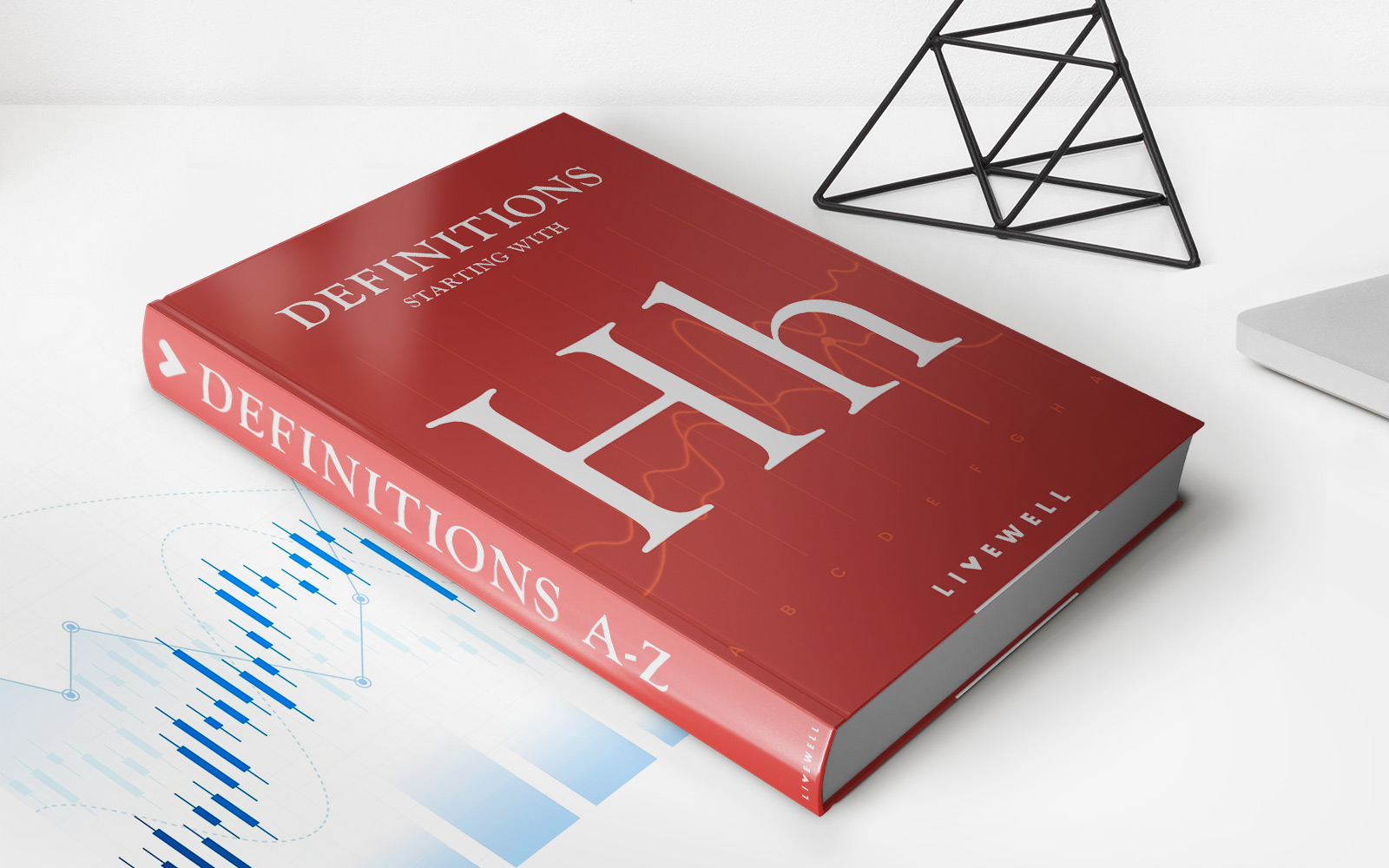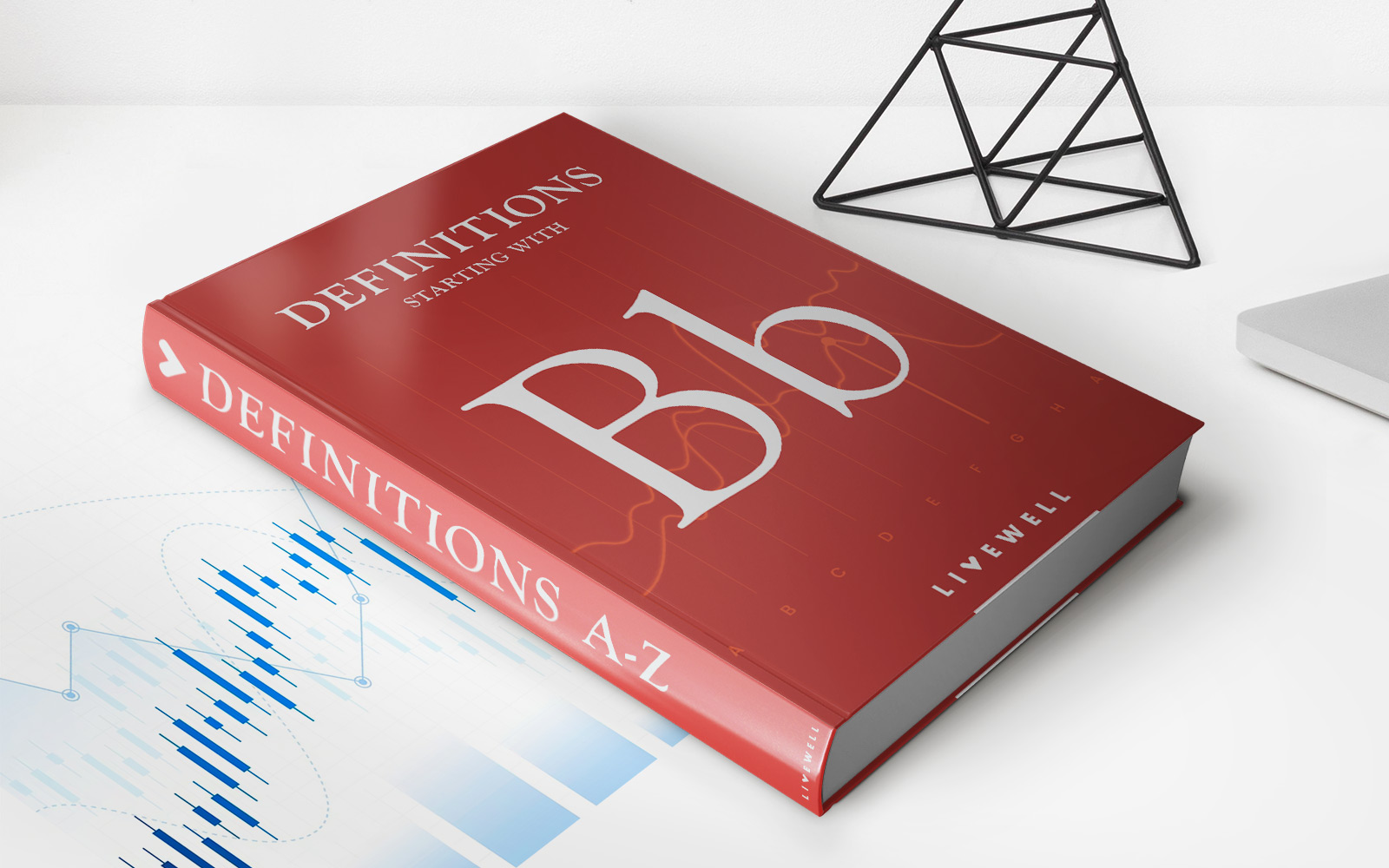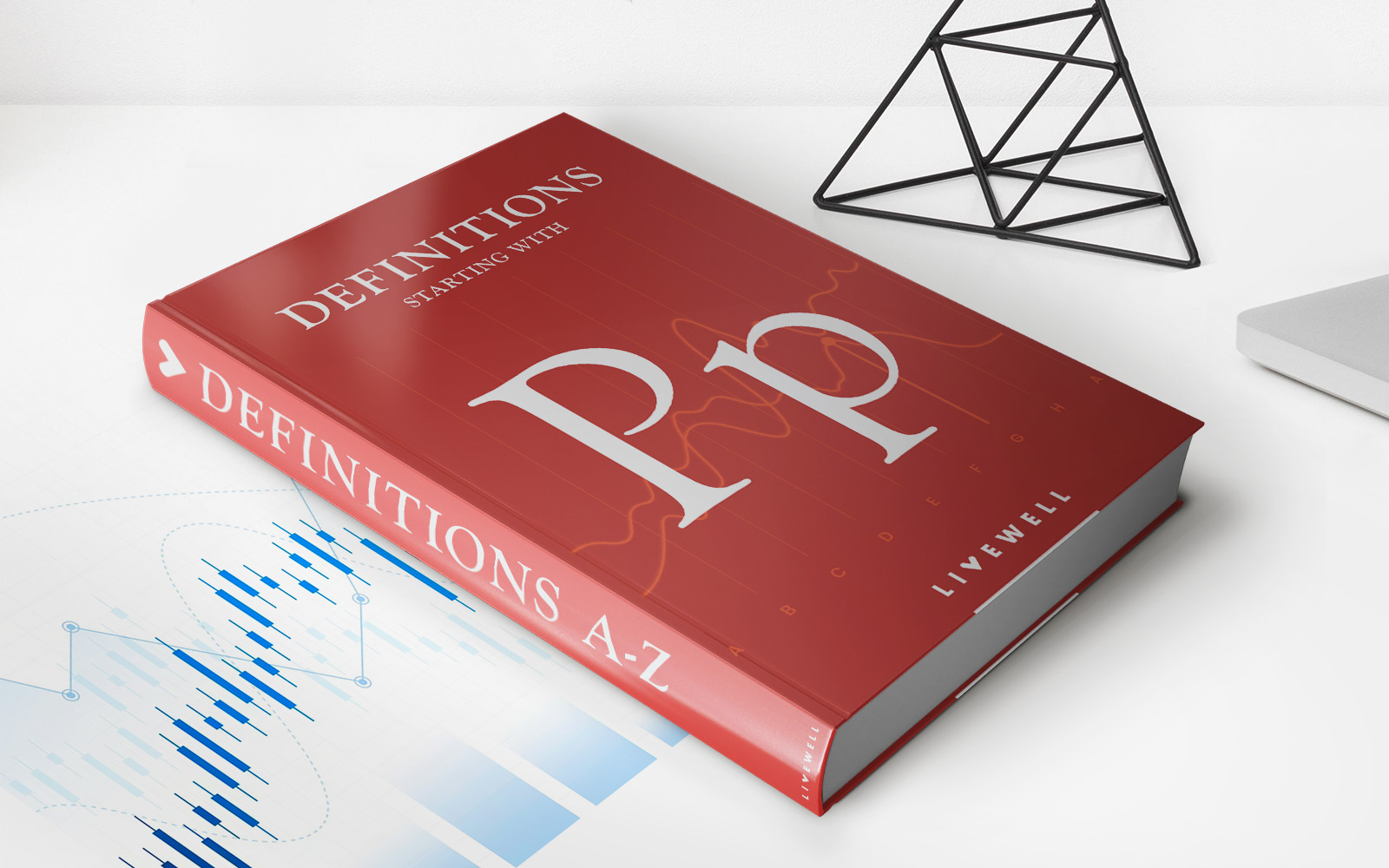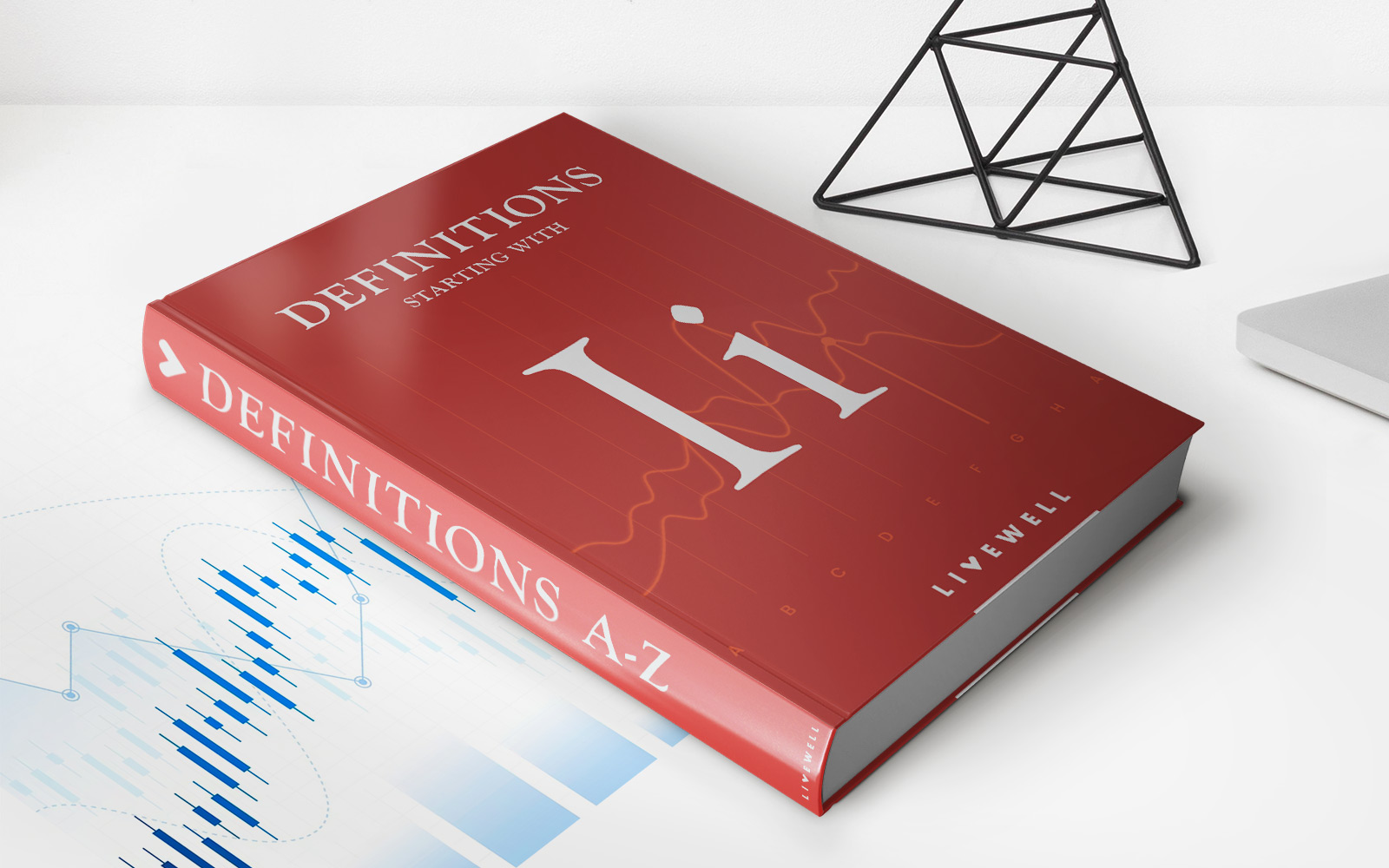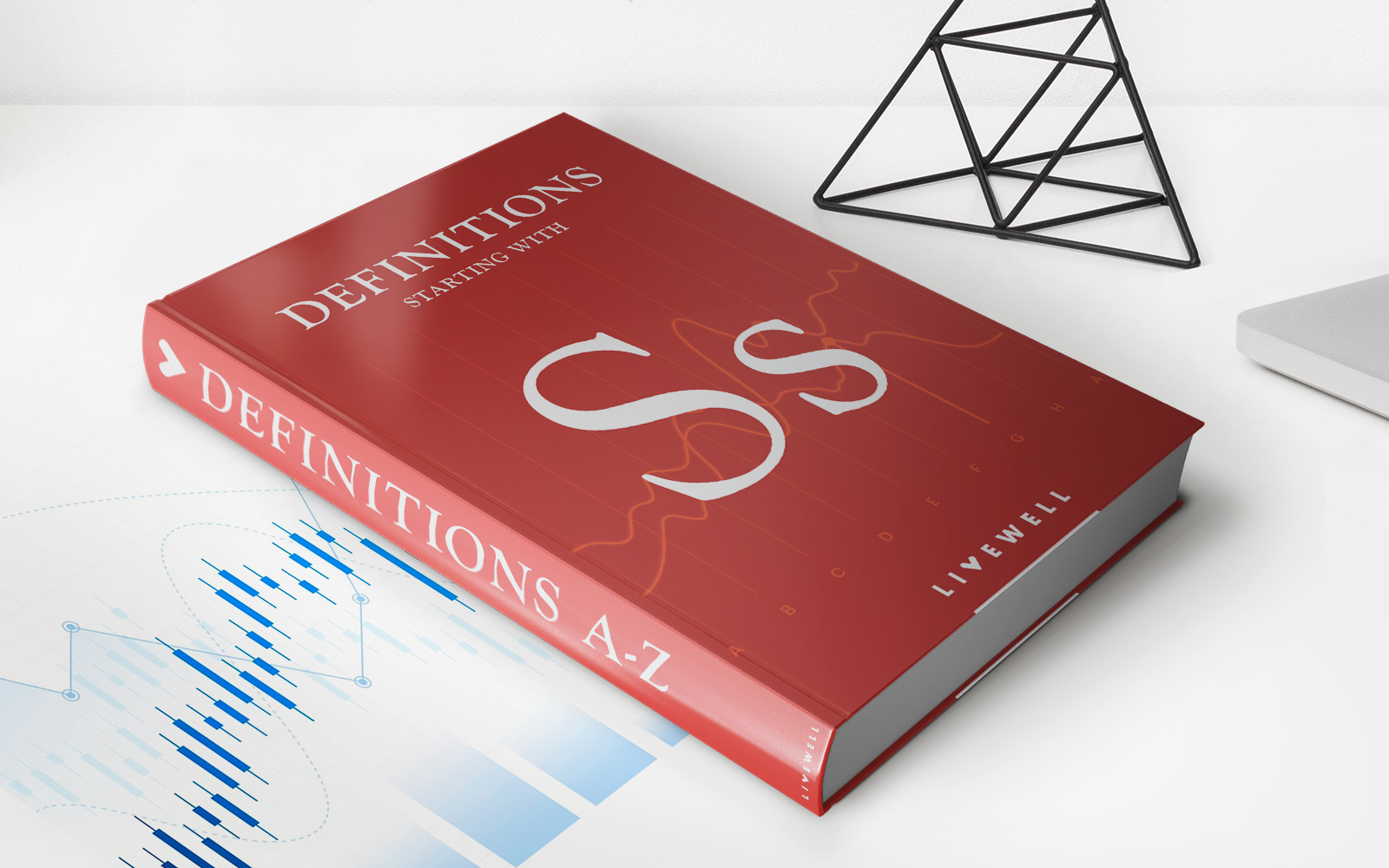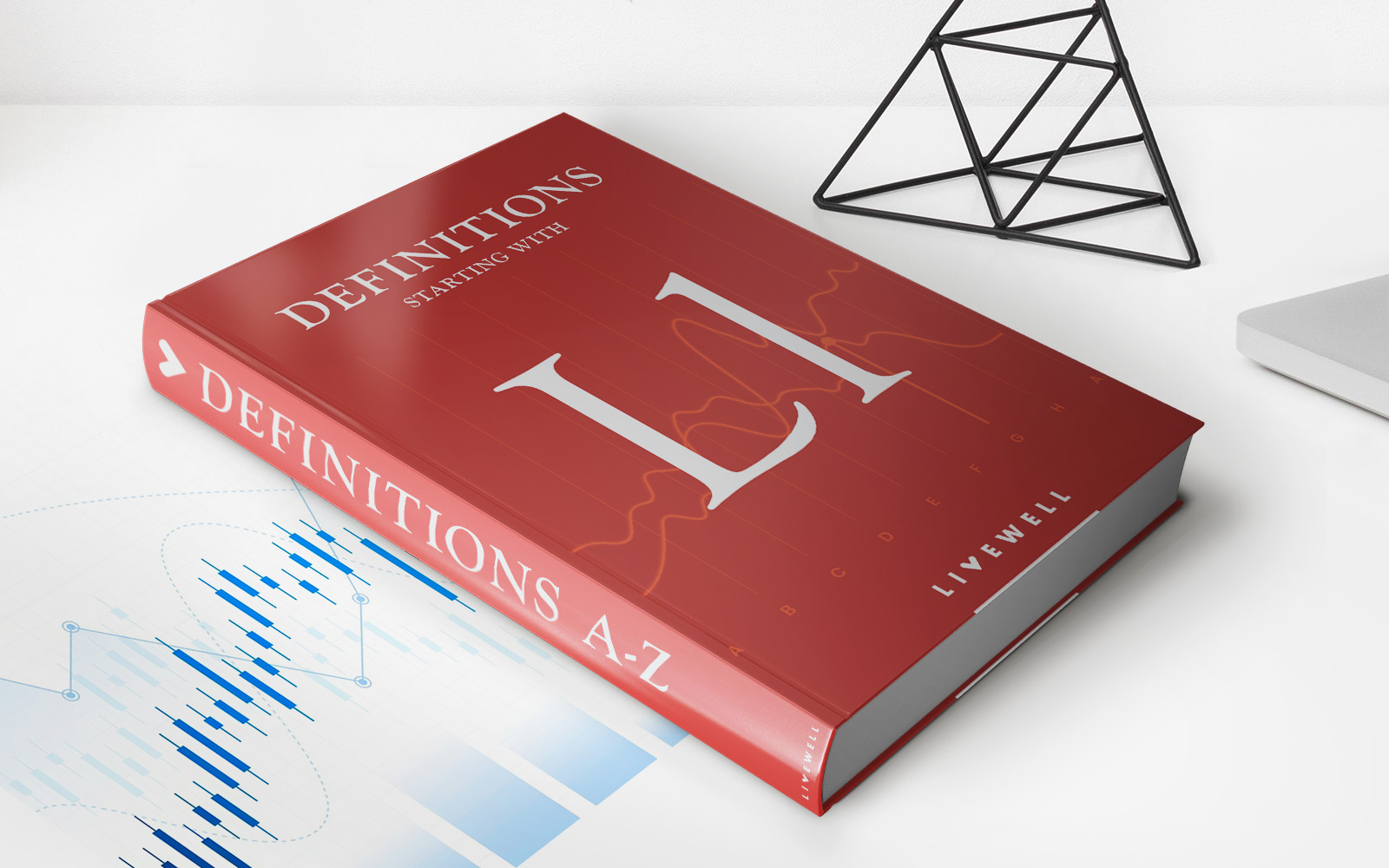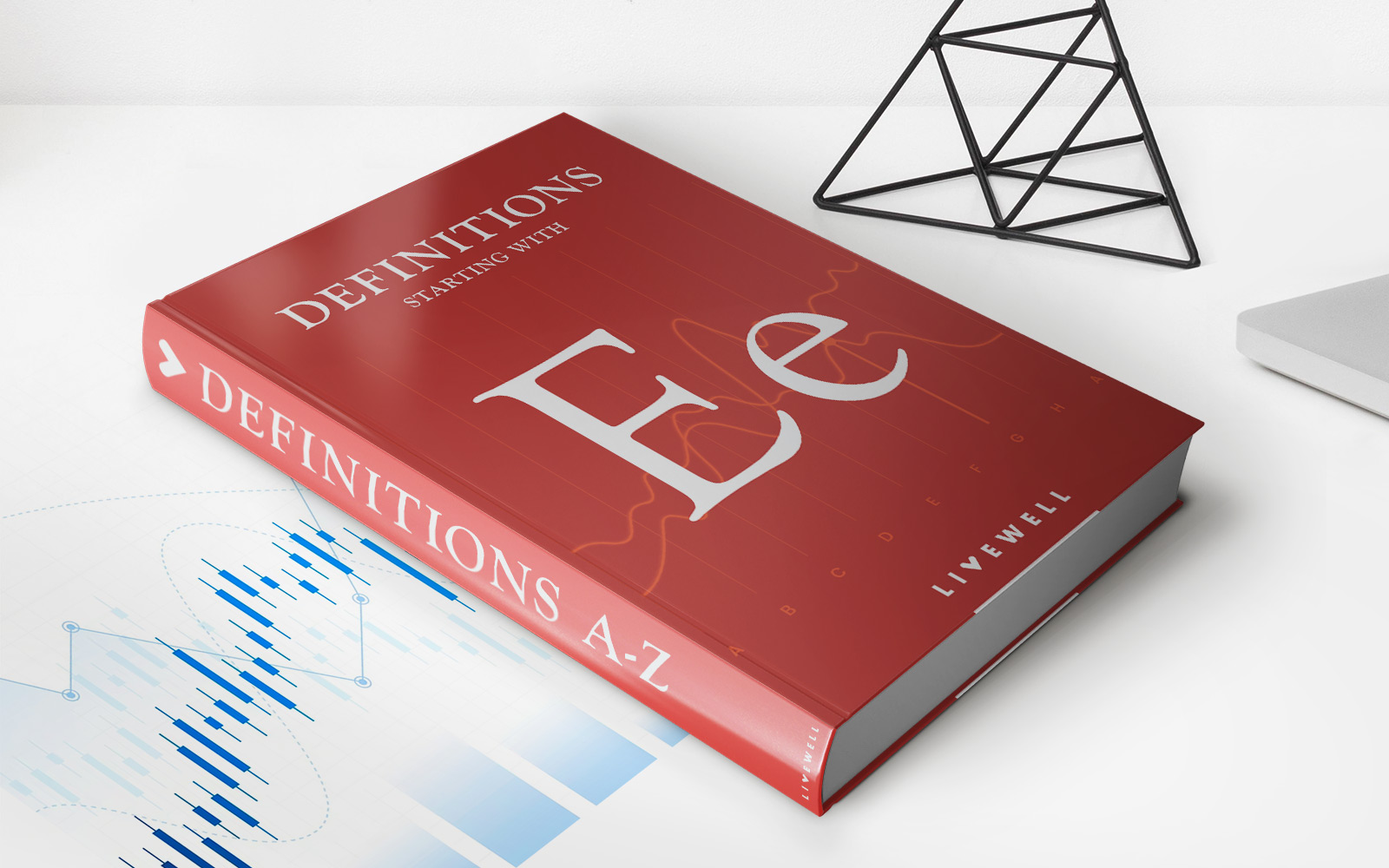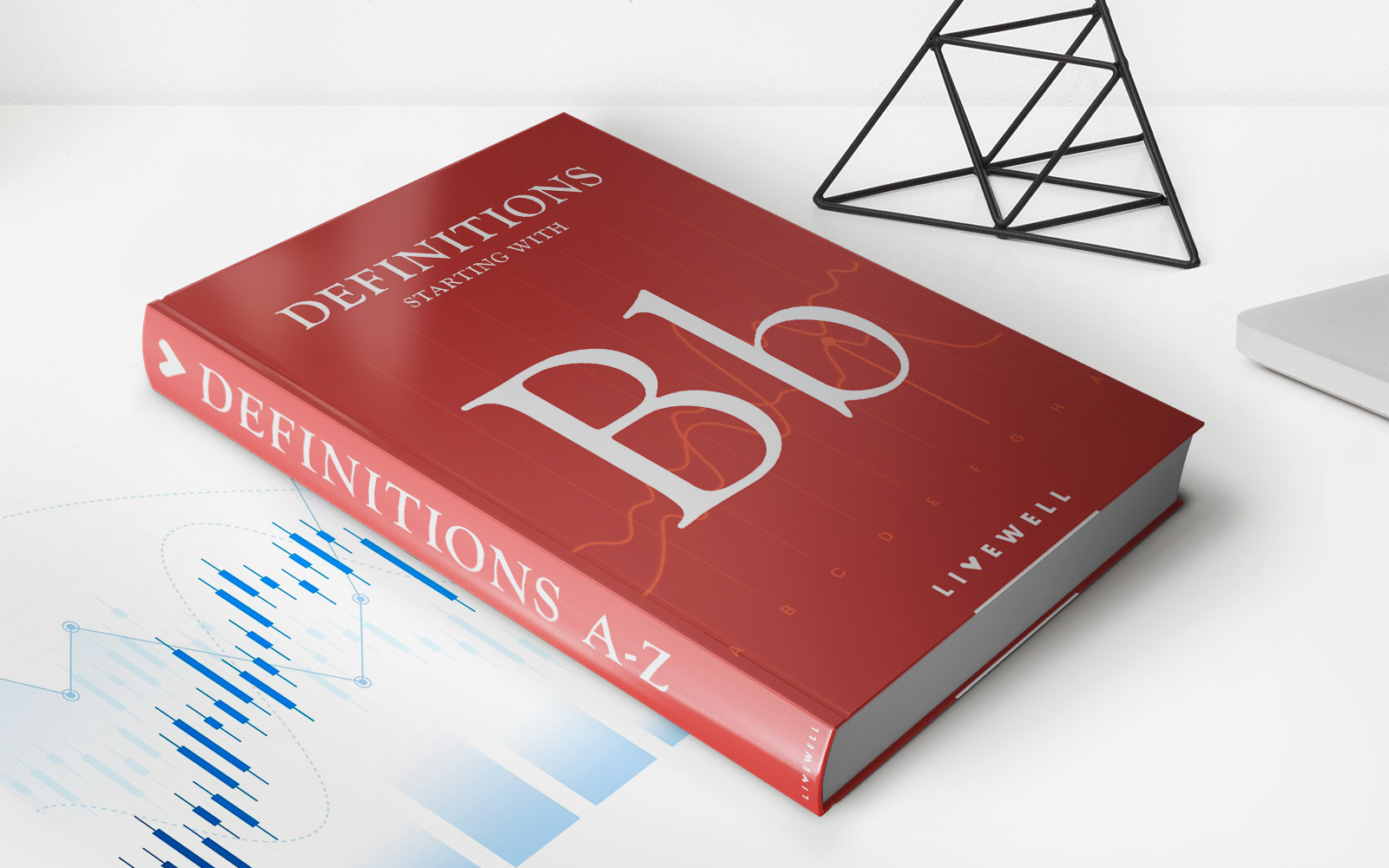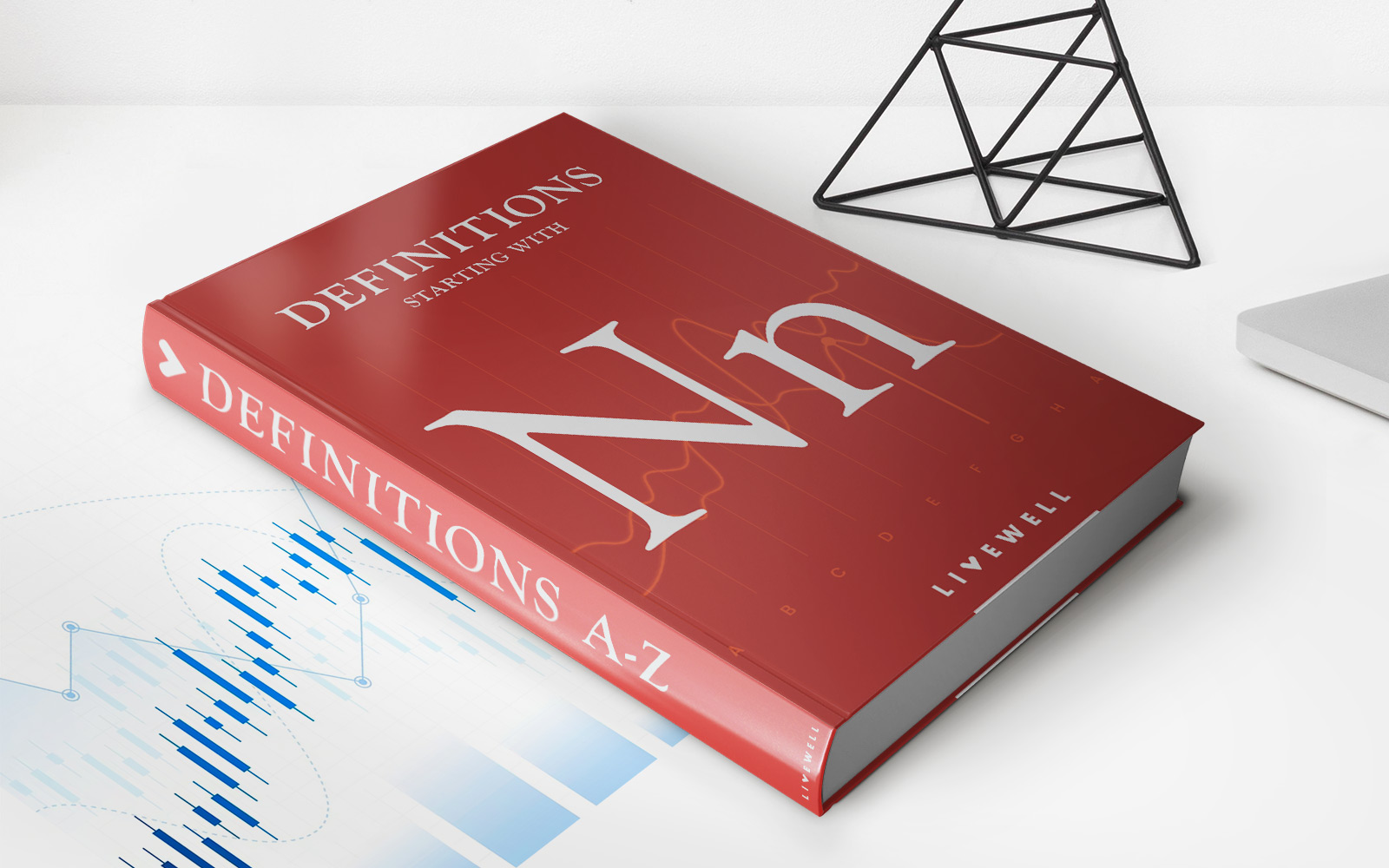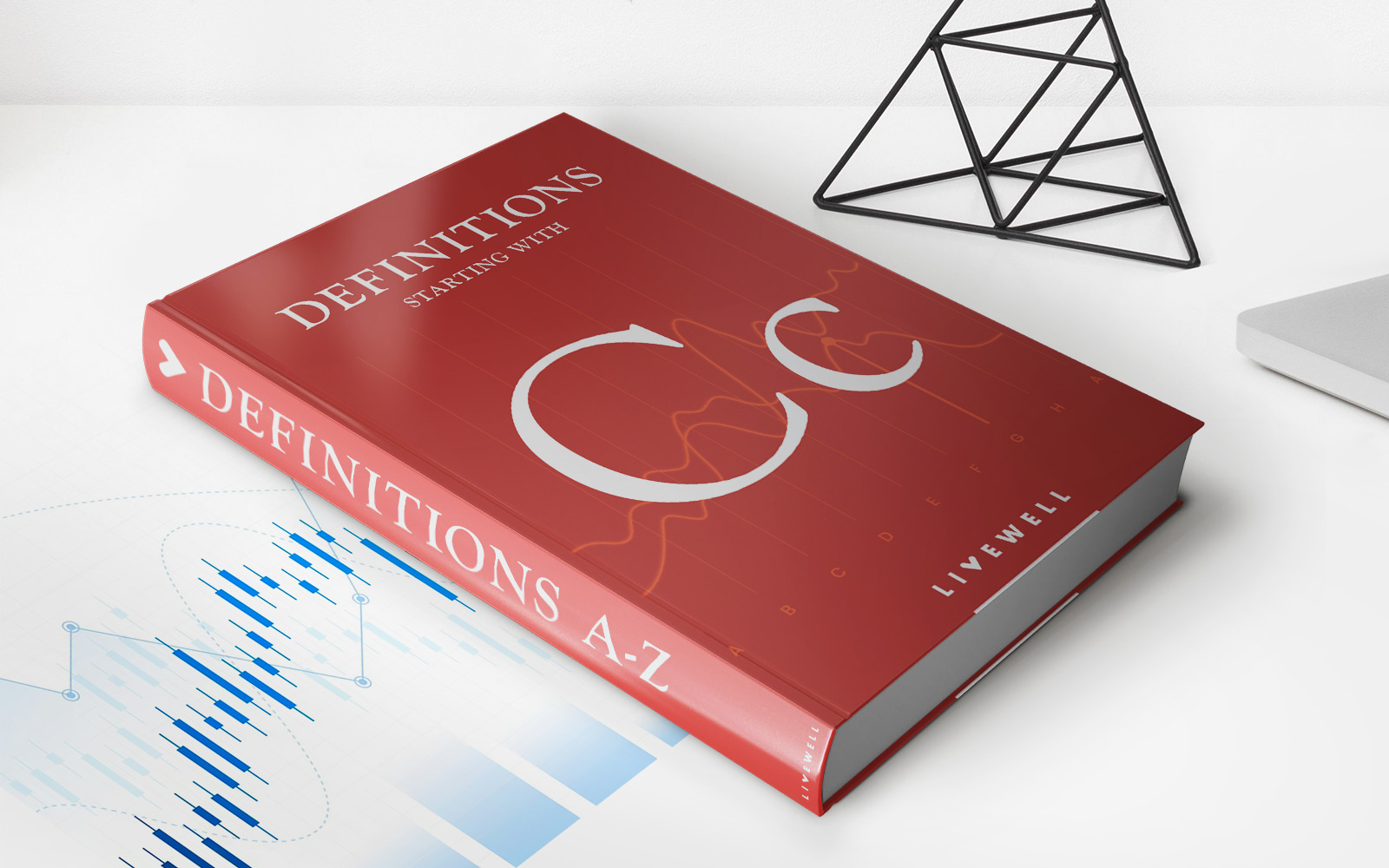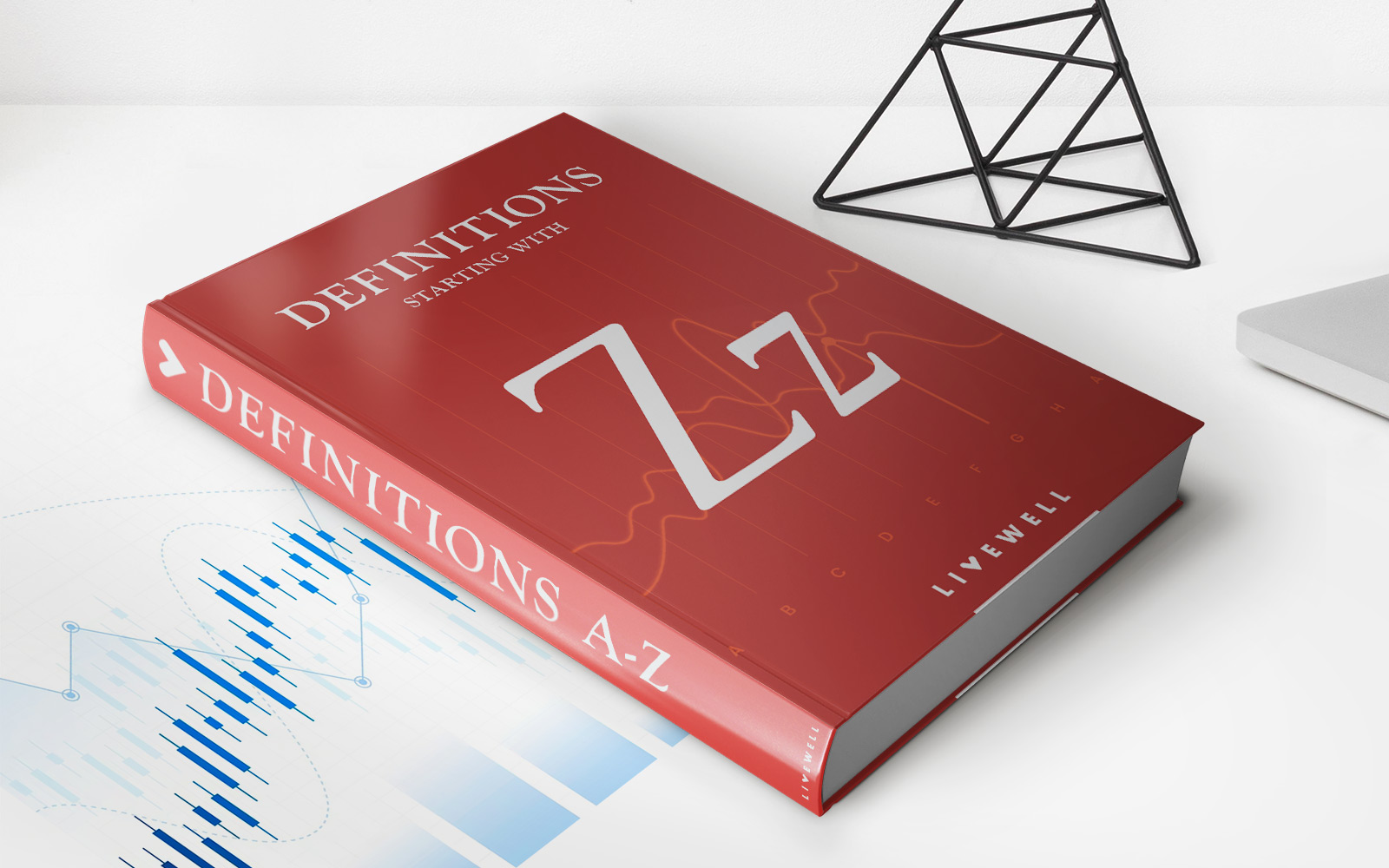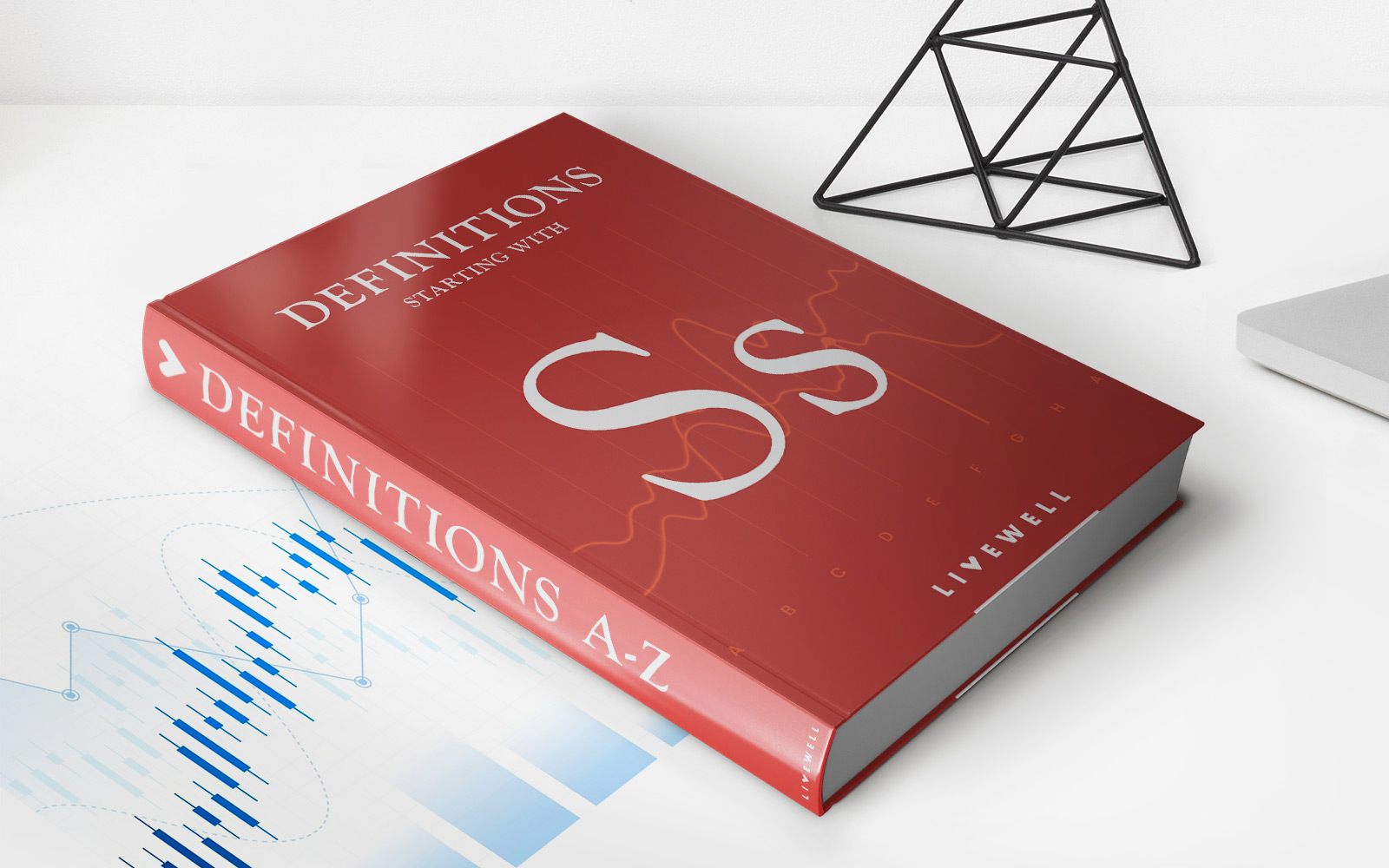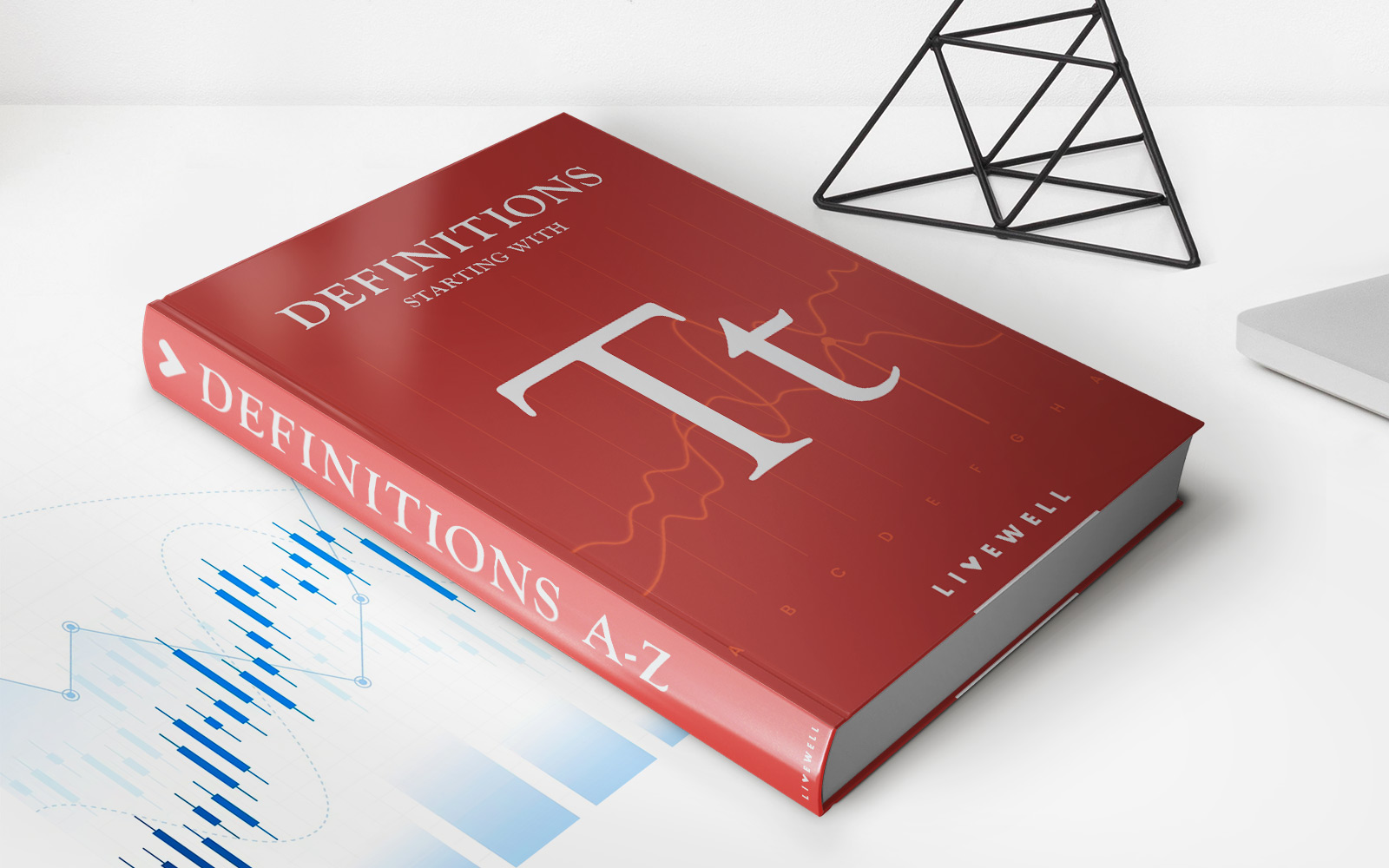Home>Finance>Section 1231 Property: Definition, Examples, And Tax Treatment
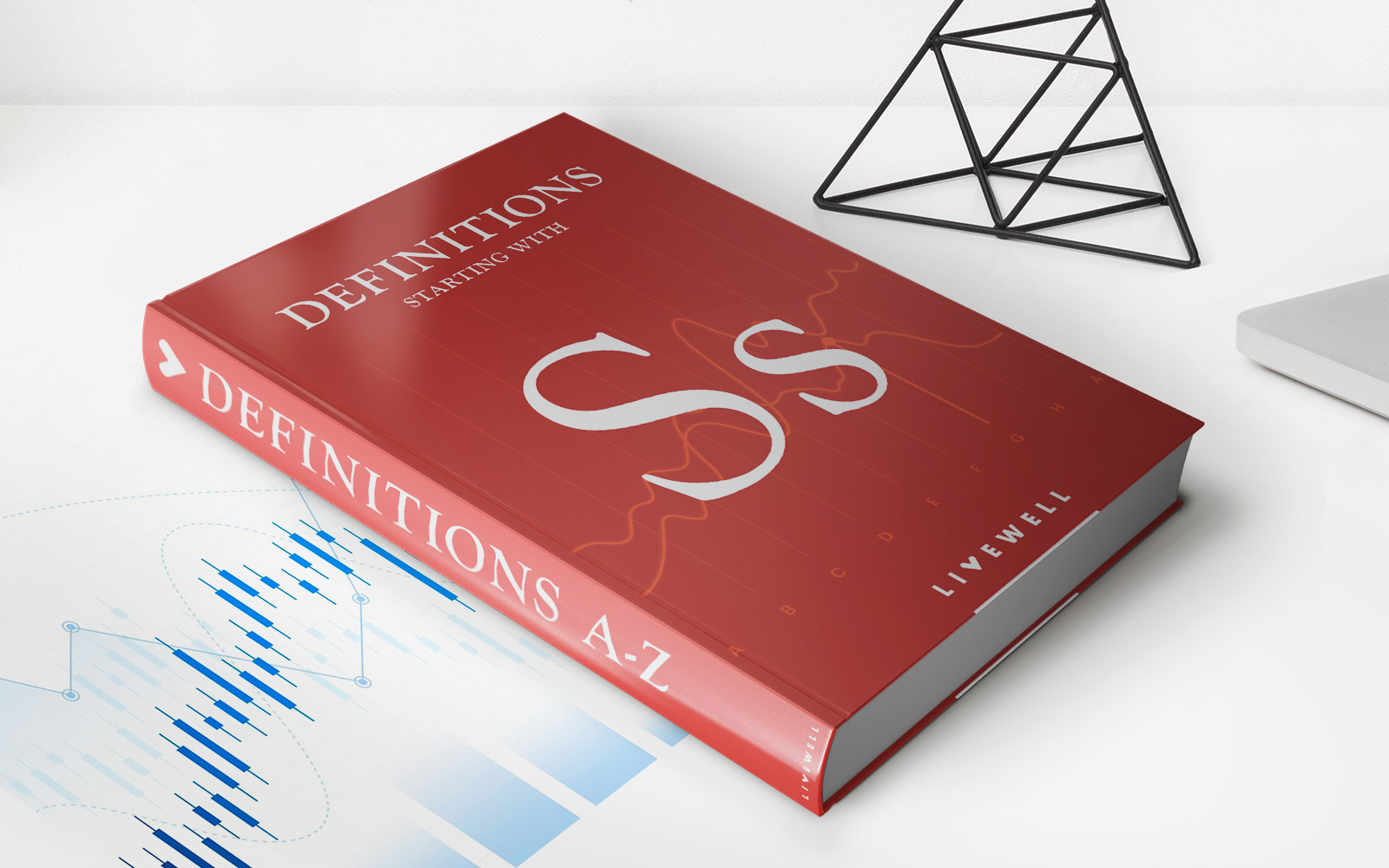

Finance
Section 1231 Property: Definition, Examples, And Tax Treatment
Published: January 25, 2024
Learn about Section 1231 property in finance, including its definition, examples, and tax treatment. Master the ins and outs of this important concept for optimal financial management.
(Many of the links in this article redirect to a specific reviewed product. Your purchase of these products through affiliate links helps to generate commission for LiveWell, at no extra cost. Learn more)
Section 1231 Property: Definition, Examples, and Tax Treatment
Finance is a vast field with many complex terms and concepts. One such concept is Section 1231 property, which comes with its own set of rules and tax implications. If you’re wondering what Section 1231 property is and how it affects your finances, you’ve come to the right place. In this blog post, we’ll define Section 1231 property, provide examples, and explain its tax treatment.
Key Takeaways:
- Section 1231 property refers to certain types of assets, such as real estate and business equipment, used in a trade or business.
- If you sell Section 1231 property at a gain, the profit is treated as long-term capital gain.
Now, let’s dive deeper into the world of Section 1231 property.
What is Section 1231 Property?
Section 1231 property is a classification of assets used in a trade or business. These assets can include:
- Real estate used in your business, like buildings, land, and rental properties.
- Business equipment, such as machinery, vehicles, and computers.
- Depreciable assets used in your business, like furniture and fixtures.
It’s important to note that Section 1231 property does not include assets held for personal use, like your primary residence. This classification primarily focuses on assets used in your business activities.
Tax Treatment of Section 1231 Property
When you sell Section 1231 property, the tax treatment depends on whether you have a gain or a loss.
Gain: If you sell Section 1231 property at a gain, the profit is treated as long-term capital gain. This means that the gain is generally taxed at a lower rate than ordinary income. However, there are certain conditions that need to be met, such as holding the property for more than one year.
Loss: If you sell Section 1231 property at a loss, the loss is treated as an ordinary loss. This means that the loss can be used to offset other ordinary income, such as wages or business profits.
Additionally, if your net Section 1231 gains exceed your net Section 1231 losses, the gains are eligible for favorable capital gains tax treatment. However, if your net Section 1231 losses exceed your net Section 1231 gains, the losses are treated as ordinary losses.
Examples of Section 1231 Property
To help illustrate the concept, here are some examples of assets that fall under Section 1231 property:
- A doctor’s office building used in the practice.
- A construction company’s heavy machinery and equipment.
- A restaurant’s furniture and fixtures.
These assets are used in the respective businesses and would be classified as Section 1231 property.
Conclusion
Section 1231 property is an important concept to understand if you own assets used in a trade or business. The tax treatment of gains and losses associated with Section 1231 property can have a significant impact on your overall tax liability. By recognizing the assets that fall under Section 1231 and understanding the tax implications, you can make informed financial decisions that optimize your tax position.
So, whether you’re a business owner, investor, or simply curious about finance, familiarize yourself with the rules surrounding Section 1231 property. Proper knowledge and planning can help you navigate these intricacies and make the most of your financial endeavors.
